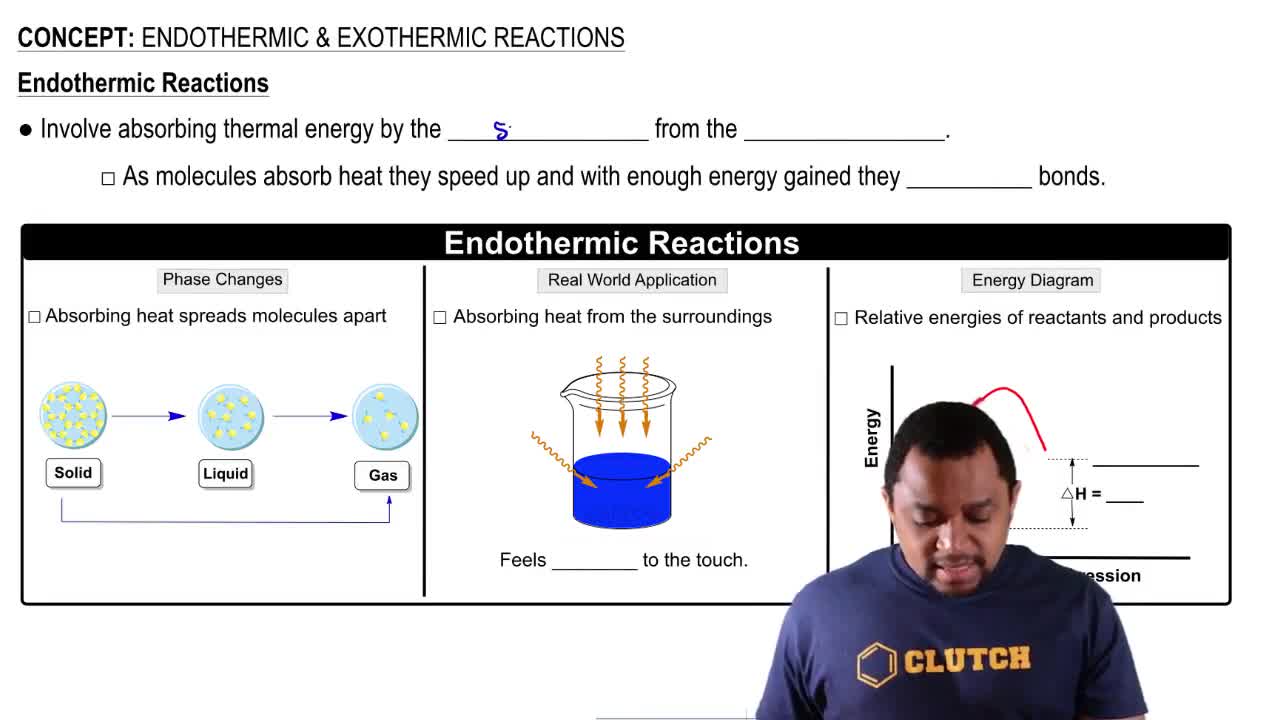Textbook Question
(a) What is the difference between a CFC and an HFC?
1
views
 Verified step by step guidance
Verified step by step guidance


(a) What is the difference between a CFC and an HFC?
Natural gas consists primarily of methane, CH4(g). (a) Write balanced chemical equation for the complete combustion of methane to produce CO2(g) as the only carbon-containing product.
Natural gas consists primarily of methane, CH4(g). (b) Write a balanced chemical equation for the incomplete combustion of methane to product CO(g) as the only carbon-containg product.
One of the possible consequences of climate change is an increase in the temperature of ocean water. The oceans serve as a 'sink' for CO2 by dissolving large amounts of it.
(a) The figure below shows the solubility of CO2 in water as a function of temperature. Does CO2 behave more or less similarly to other gases in this respect?